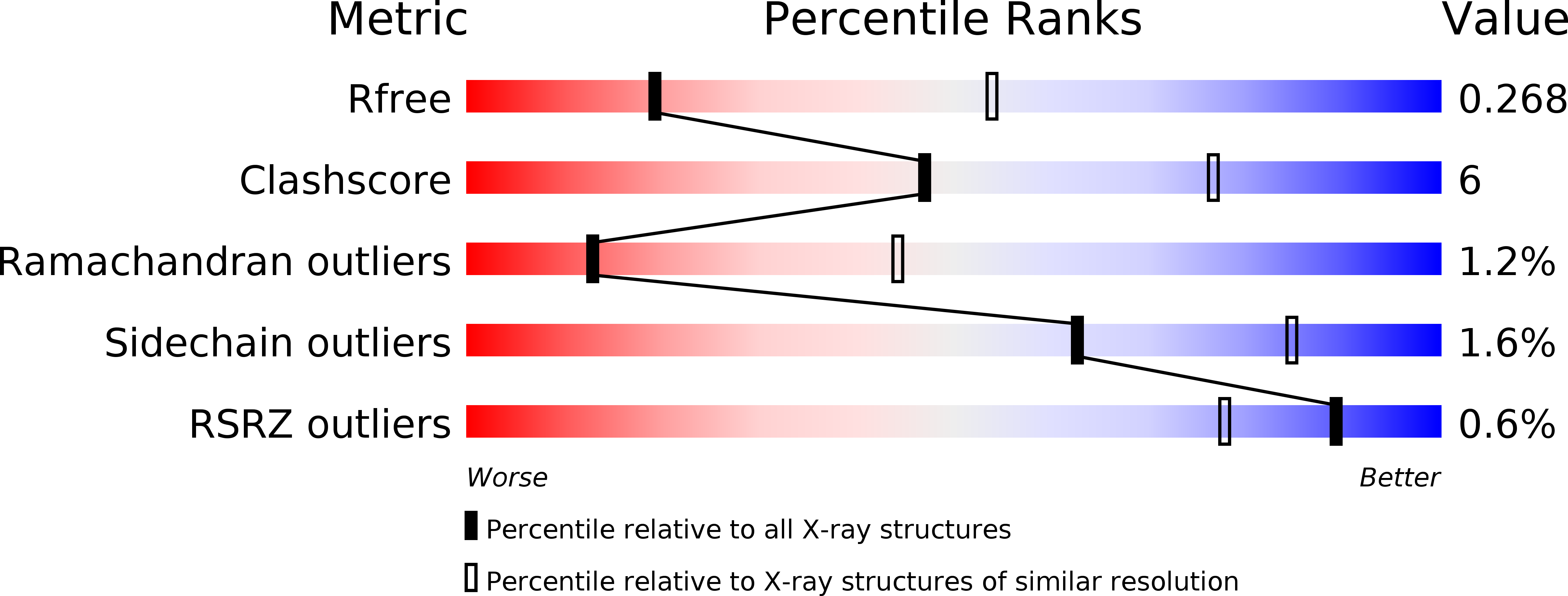
Deposition Date
2016-08-09
Release Date
2016-09-07
Last Version Date
2024-01-10
Method Details:
Experimental Method:
Resolution:
3.10 Å
R-Value Free:
0.26
R-Value Work:
0.20
R-Value Observed:
0.20
Space Group:
P 21 21 21


